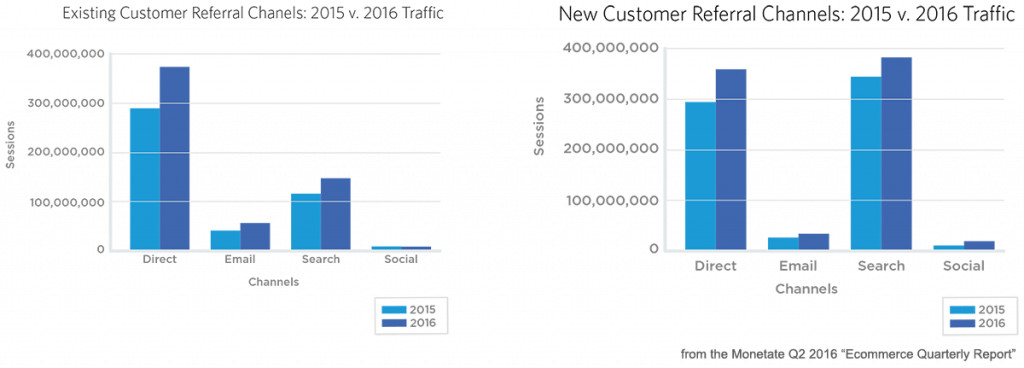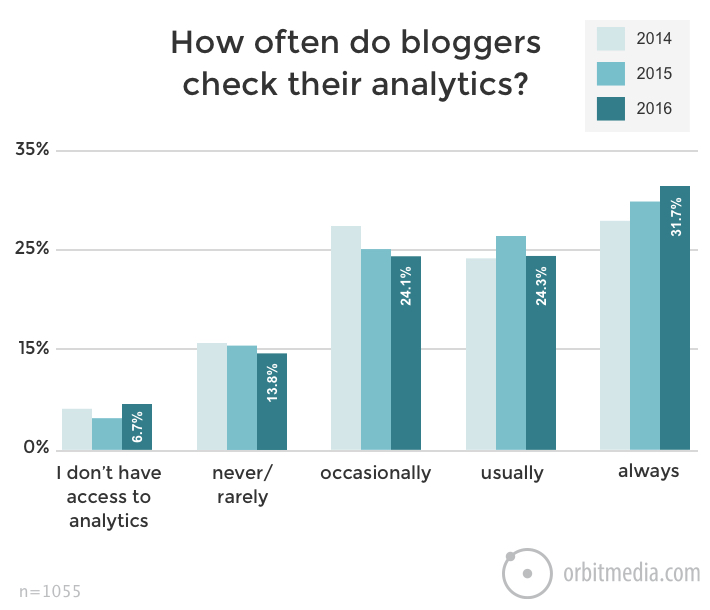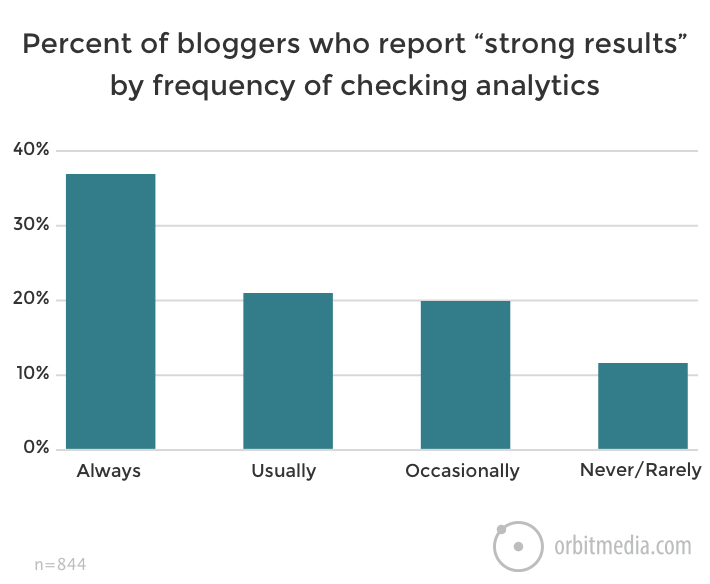
Whether you’re publishing content to generate leads, or to raise awareness of your brand, you need to get traffic to your pages. Quality traffic.
Social media is good for traffic, but it actually makes up only 5-6% of all the web’s referral traffic – aka all the traffic that’s sent to individual websites. That’s slim pickings compared to search, which drives 28-29% of the web’s referring traffic to sites.
Then there’s the issue of conversion rates. There are dramatic differences in conversion rates for different channels. Here’s how they break out, with the data split for existing customers and then for new customers.
As you can see, in terms of conversion rates, search stomps social.
See why search traffic is so attractive to content marketers? Why they’re willing to work so hard for it? And yet, many content marketers are a little intimidated by search engine optimization. They know they should do more with it.
If you’re in that camp, this article is for you. There’s no need to fear SEO at all. Especially if you’ve got the basics down. And once you’ve cleaned up all these common SEO mistakes, you’ll definitely have those basics wrapped up.
1. Your content is hard to read on mobile devices
More than half the traffic on the internet is coming from mobile devices. And yet, 23% of small business websites still aren’t mobile-friendly according to research from Clutch.co.
Google values mobile-friendliness so much that they’ve rolled out several major updates to suppress non-mobile-friendly sites. Most recently, they’ve made their “mobile-first” index the default index used – even if the user is on a desktop. And this point, it’s time to get mobile-friendly… or time to learn to live without organic search traffic.
While that all sounds pretty dire, it can be good news. Having a mobile-friendly site is not hard. Here’s a few ways to do it:
- Check your site with Google’s mobile-friendly tool.
- Start using your site on your own mobile phone. A lot. This seems almost too basic, but it’s one of the best ways to really get how well your site’s performing.
Seeing poor performance on a report is one thing, but when you’re on your own site, squinting at tiny text, cursing because you can’t click links, and fighting with a pop-up you can’t get around…. Well, that’s when the urgency to fix your site really comes home.
- Make sure your site loads quickly. This is hugely important (slower sites kill conversion rates) but it’s even more pronounced on mobile. So how fast is fast enough? Every page needs to load in 2 seconds or less. Preferably less.
- Switch to a responsive design (if you haven’t already). Ask your website designer or developer about what it’ll take to upgrade.
Still thinking of skipping this? Here’s another stat to sway you: 57% of users say they won’t recommend a business with a poorly designed mobile site.
2. You aren’t using meta title and description tags
Oy – the traffic you are missing out on if you are not doing this. But, on the upside, once you get your act together, this is the single best way to spike traffic.
Want to see why? Let’s say this is the title and description tag for your top-performing blog post:

This listing is sitting at about position six on the first page of search results. It’s getting about 300 impressions per day, and about 3.2% of the people who see it will click-through to your site.
So you’re currently getting about 9.6 (say 10) visitors from this listing per day.
But you want to do better. So you spend a few minutes writing an extra-good meta title and description tag. Like this:

As soon as this goes up, people start clicking on it 6.4% of the time. You have doubled your traffic just by rewriting a few lines.
But wait – there’s more. 🙂
Google modifies its rankings (aka your listings’ rankings) based in part on how often those listings get clicked. The higher the click-through rate of your search listings, the higher Google will place your pages in the rankings. Google figures that the more relevant and valuable page descriptions will get clicked more often, and because they want to deliver relevancy and quality, this is one of the signals they use to measure that.
So not only do you immediately get double the search traffic (thanks to that higher click-through rate). Your listing will also move up in the rankings, which means you’ll get almost double the clicks for every position it moves up. This may take a few days to show, but it usually happens within a couple of weeks.
So instead of just doubling your traffic, you’ve increased it 4x or even 6x. Simply by writing better meta description and title tags.
See how powerful this can be?
For those of you who are already carefully writing your title tags and meta descriptions… may I suggest a tool? It’s YoRocket, from Brian Dean (no, that is not an affiliate link). This basically lets you split-test your meta tags, almost as if they were pay-per-click ad copy.
The result? 45.52% more organic traffic in the first seven days, according to one case study.
If you want more search engine traffic, this is probably the easiest way to get it. Start using it before your competitors do. (I apologize for sounding like an affiliate.)
3. You aren’t checking your analytics often enough
I know – analytics reports aren’t the most scintillating reading. At least, until you start seeing improvements. But reviewing your analytics reports can teach you enormous amounts about what’s working – and what’s not – on your site.
And don’t just look at Google Analytics, either. Google’s Search Console (also free) has a ton of must-know data about your site. It’s so valuable, Neil Patel has written two posts recently (one here and one here) about how to use Search Console to improve your rankings.
Still not enthused about logging in? Consider this survey of bloggers from Orbit Media. The graph below shows how often the average bloggers in their survey check their analytics reports.
The bloggers who report “strong results” from their blogs are almost twice as likely to say they “always” check their analytics.
4. You’re writing more for search engines than for human readers
For years, there was a dispute among SEOs about whether it was better to optimize pages for search engines or for human readers.
Here’s one way this played out: Search engines were thought to want high keyword density. So people writing for engines would force keywords in wherever possible (sometimes even if they sounded a little odd to human readers). These same content creators might optimize a page so it rigidly focused on a single keyword, almost ignoring the keyword variations and supporting terms that a human might use.
Fortunately, most people have stopped doing this. And it is possible to write for both bots and people. Julie Gauthier has a whole post dedicated to showing you: “How to write good blog posts for your audience and SEO and make sure they perform”.
5. Your keyword targeting is off
There’s a couple of causes for this.
- The most common one is that you’re trying to target a keyword you can’t realistically rank for. Like “auto insurance”, for example. Instead of going after those high-competition, high-volume phrases, go after “longtail keywords” (keywords with three or more words). You’ll get better results.
- Another problem could be that you haven’t updated your understanding of how search engines understand keywords. The days of static, inflexible keywords are over (thank something called RankBrain). Now, think of keywords more like topics. It’s still important to use keywords, but it’s increasingly important to use all the keyword variations and supporting terms for a given topic – just like a human would.
- You’re simply not using the same terms your audience is. The classic example of this is “attorneys” versus “lawyers.” Or “physicians” versus “doctors”.

Similar keywords can have radically different search volumes. There are about ten times as many searches for “doctor” and there are for “physician”.
- In addition to thinking of keywords more as topics that as static variables, also consider the searcher’s “intent”. What does someone want when they search for the keyword you’re optimizing for? Does your page deliver that?
Conclusion
I wish search engine optimization didn’t have such a reputation for being hard. It scares too many people off.
You do need to understand and apply the basics of “technical SEO” (like meta tags and links and the like). But a lot of good modern SEO is simply about fulfilling your visitors’ needs. That means addressing searcher intent, but it also means having mobile-friendly, fast-loading pages and easy-to-read copy. The user experience of your pages, if you will.
So try to keep building on your basic SEO skills. But also keep your customer experience hat on. Google wants to deliver pages that delight and help their users. So long as your pages do that (and they’ve got enough information to show Google how to find them), you’ll be fine.
Back to you
Were you making any of these SEO mistakes? Have we helped you fix them going forward? Leave a comment and tell us how we can help some more.
And if you’d like to see how content curation can help you improve SEO, you should read this eBook!
Image by Publicdomainpictures





